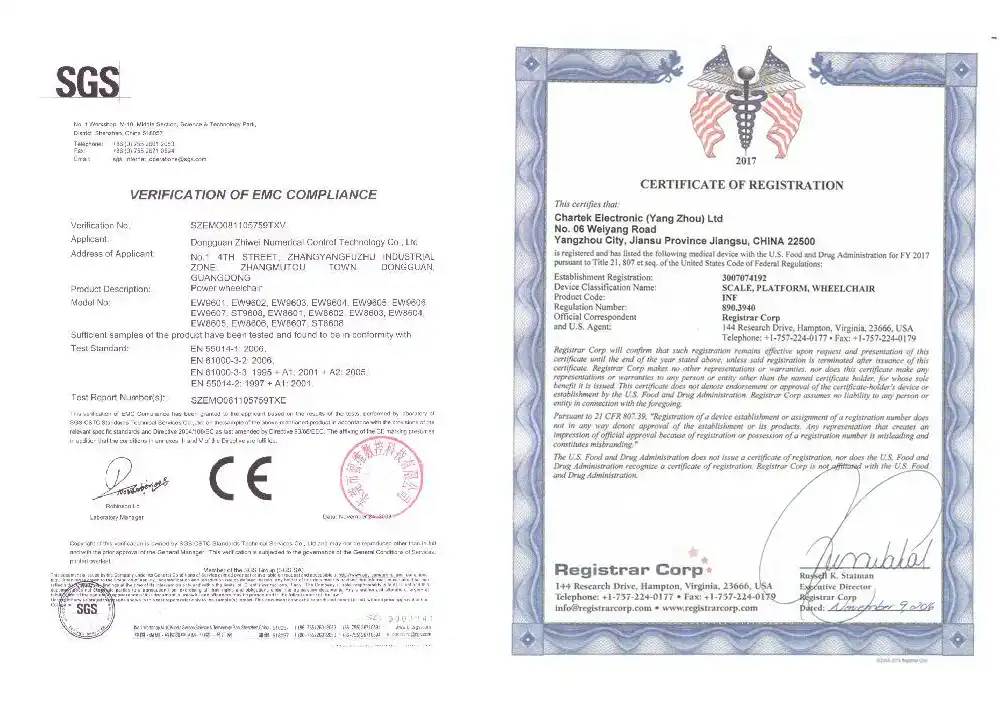
The hearing aid market continues to grow, and more and more dealers are looking to enter the field as the population ages and awareness of hearing health increases. However, choosing the right hearing aid supplier is not an easy task and requires consideration of a number of factors such as product quality, technical support, pricing strategy, brand reputation and more. This guide will help you systematically evaluate suppliers to ensure the long-term stability of your business.
1.Determine your market needs
Before searching for a supplier, it is important to first identify your target customer base and market needs. The U.S. market has diverse needs for hearing aids, including:
Economy products: for consumers with limited budgets.
Mid-to-high-end products: offering better sound quality and noise reduction.
Smart hearing aids: support Bluetooth connectivity, mobile app adjustments, and other advanced features.
Understanding your customer base (e.g., seniors, young people with hearing loss, or specialized healthcare providers) can help screen for the right provider.

2.Evaluate the supplier’s reputation and qualification
(1) Industry Certification
Ensure that the supplier meets the certification standards of the country in which the target population market is located, and also check for international certifications such as ISO 13485 (Quality Management System for Medical Devices). These certifications ensure product safety and reliability.
(2) Market reputation
Find out the supplier’s market reputation through industry trade shows, online forums or peer recommendations. Dealer reviews from longtime partners often provide a true reference.
(3) Company History and Size
Longer established and larger suppliers are usually more stable and able to provide continuous product updates and technical support. However, do not overlook emerging brands that may offer more innovative products.
3.Product quality and technical performance
The core value of hearing aids lies in their technical performance, and dealers should pay attention to the following points:
Sound quality and noise reduction: A good hearing aid should be able to clearly amplify speech while effectively reducing ambient noise.
Battery life and charging method: traditional battery type and rechargeable type have their own market, and need to be selected according to customer preference.
Compatibility: Does it support Bluetooth and smartphone APP control? Is it compatible with mainstream hearing devices?
Comfort and invisible design: In-the-ear (ITE), behind-the-ear (BTE) and other different styles are suitable for different users.
It is recommended to ask for samples for testing, or arrange customer trials to collect feedback.

4.Price and profit margin
(1) Pricing Strategy
Suppliers’ wholesale prices directly affect your profit. Compare offers from different suppliers to ensure your retail price is competitive in the market. Also, note if there is a minimum purchase volume requirement.
(2) Additional Costs
Some suppliers may offer low-priced products but with higher transportation, duty or after-sales service costs, which need to be combined to calculate the total cost.
(3) Promotion and rebate policy
Some suppliers will offer seasonal promotions, volume discounts or sales rebates, and these policies can help you improve your profit margins.
5.Stability of supply and logistics support
(1) Supply chain reliability
The global supply chain has fluctuated a lot in recent years, so you need to make sure that your suppliers can provide stable supply to avoid affecting your sales due to out-of-stock.
(2) Logistics efficiency
If suppliers have warehouses or cooperative logistics companies in the U.S., they can shorten delivery time and improve customer satisfaction.
(3) Inventory management support
Some suppliers provide “consignment mode” or “fast replenishment” service, which can reduce your inventory pressure.
6.After-sales service and technical support
(1) Return and Exchange Policy
Understand the supplier’s return and exchange terms, especially the way to deal with product quality problems.
(2) Technical training
Does the supplier provide training on product use, marketing materials or online support? This is especially important for dealers entering the hearing aid industry for the first time.
(3) Warranty Policy
The standard warranty period is usually 1-3 years, and quality suppliers will provide longer warranty or extended warranty service.

7.Mode of cooperation and long-term support
(1) Exclusive Distributorship
If you wish to be the exclusive distributor of a particular brand in a specific region, you can negotiate exclusive agency terms with the supplier.
(2) Marketing Support
Does the supplier offer advertising subsidies, trade show support or joint marketing activities? These resources can help you open the market faster.
(3) Product updates and innovation
Hearing technology is evolving rapidly, and choosing a supplier that continues to develop new products can keep your business competitive.
Conclusion: How to make the best choice?
Choosing the right hearing aid supplier requires comprehensive consideration of a number of factors such as product quality, price, delivery capability and after-sales service. The following steps are recommended:
- List your core requirements (e.g. target customers, product positioning).
- Select 2-3 potential suppliers and conduct comparative analysis.
- Request samples and test the performance, or even let the customer try.
- Negotiate terms of cooperation to ensure profit margins and long-term support.
- Start with small-scale cooperation and gradually expand the business.
Through systematic evaluation, you will find the most suitable hearing aid supplier to provide quality products to your customers while achieving sustainable business growth.







